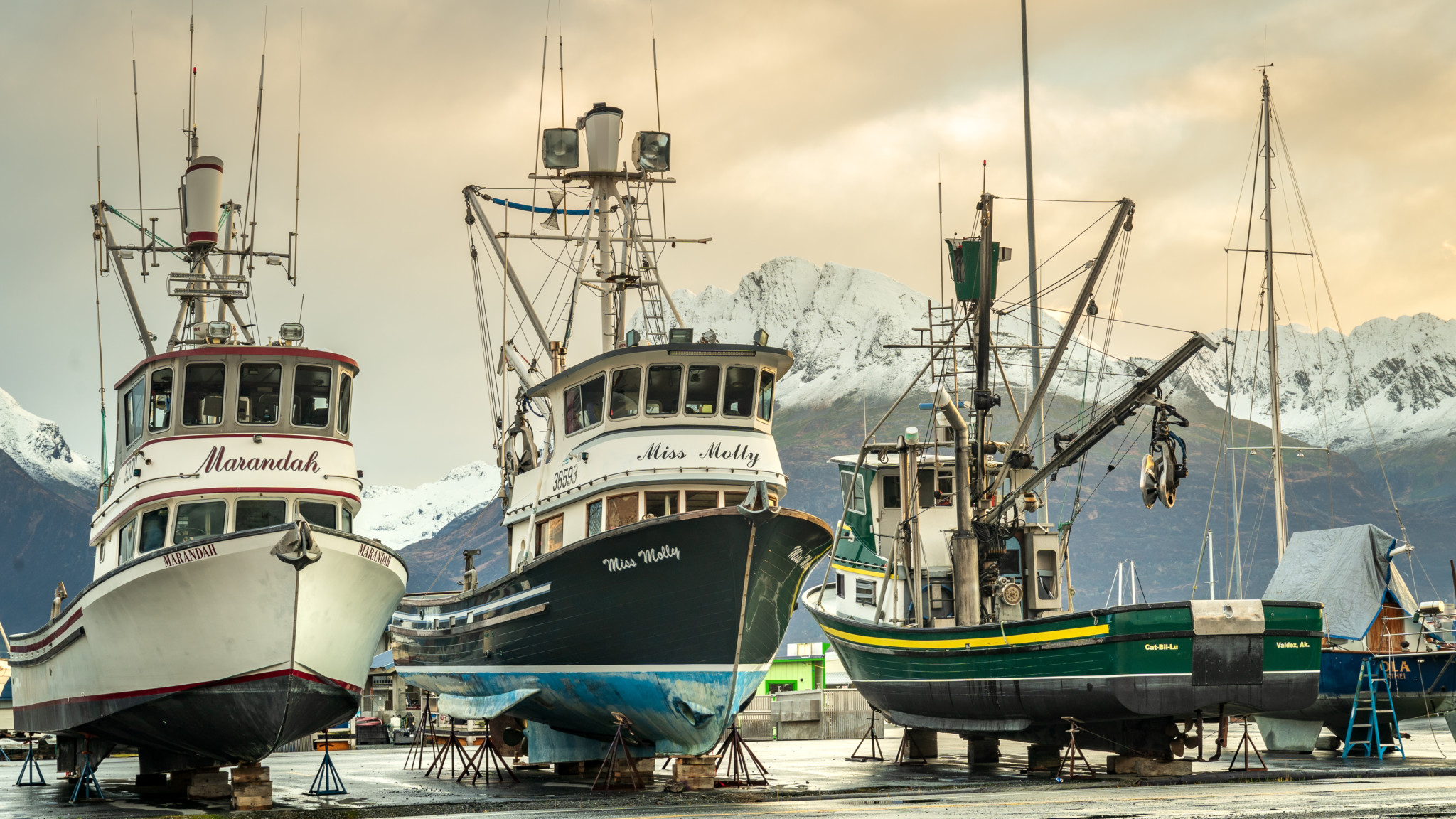A massive earthquake struck south central Alaska Friday morning Nov. 30, causing widespread damage to buildings, homes, roads and schools. The National Tsunami Warning Center in Palmer issued a warning initially after the quake but revised its assessment that there was no danger of a large wave and rescinded its announcement shortly after.
In the meantime, the Homer Spit had been evacuated, and many residents moved to schools and other buildings inland and on higher ground.
Ports of Seward and as far away as Valdez (115 air miles east) were shaken by the quake.
“We definitely felt it,” says Jeremy Talbott, port director at Valdez, adding that the only activity around the harbor were support boats for the oil industry. “All commercial vessels were unaffected.”
Talbott says all of the dry-docked vessels were inspected by port staff and found to be sturdy on their cribbage.
Centered north of Anchorage 19 miles deep, the 7.0 magnitude quake began with a deafening roar a few seconds before the earth began shaking from side to side. Though the quake carried but a fraction of the impact compared with the disastrous Good Friday earthquake in 1964, many attested its severity was the most they’d seen in 40 years.
To Talbott and other longtime Alaska residents, Good Fridays are well known for the giant quake and also the 1989 oil spill of the tanker Exxon Valdez.
“The community has experienced a lot of disasters that fell on a Friday,” says Talbott. “We were happy to sit this one out.”
The quake kept regional residents on edge throughout the weekend as hundreds of aftershocks continued through the next morning.







